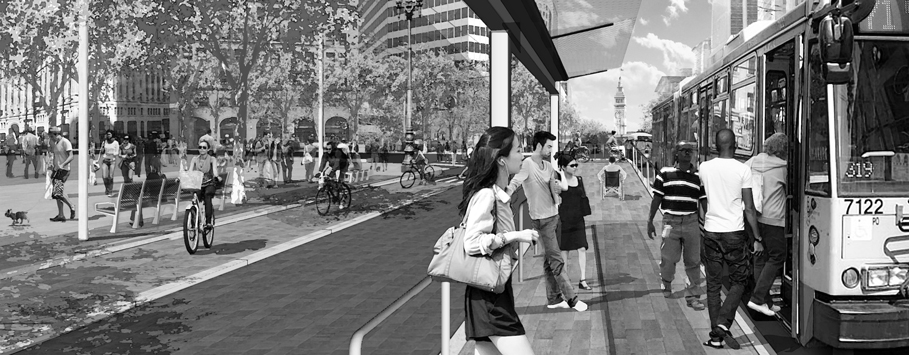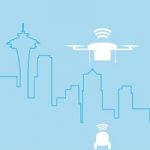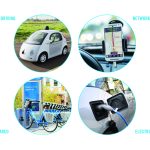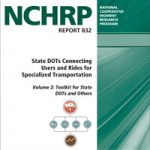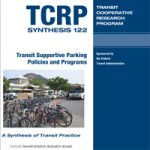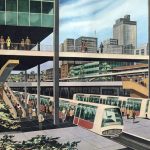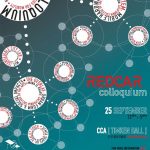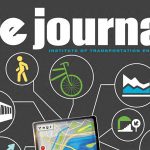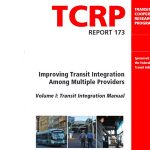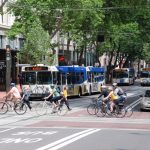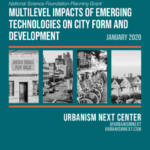
Autonomous vehicles (AVs) are a near future reality and the implications of AVs on city development and urban form, while potentially widespread and dramatic, are not well understood. This report describes the first order impacts, or the broad ways that the form and function of cities are already being impacted by forces of change including—but... Read more »

